
Soil Health & Fertilization
We unite suppliers and green industry professionals worldwide
The most popular garden vegetables include bright yellow bell peppers, which have a sweet, tangy flavor. As a species of Capsicum annuum, bell pepper is a charming thing to cook. Its colorful essence attracts a lot.
By Mariam Scott
|Published on September 25, 2025
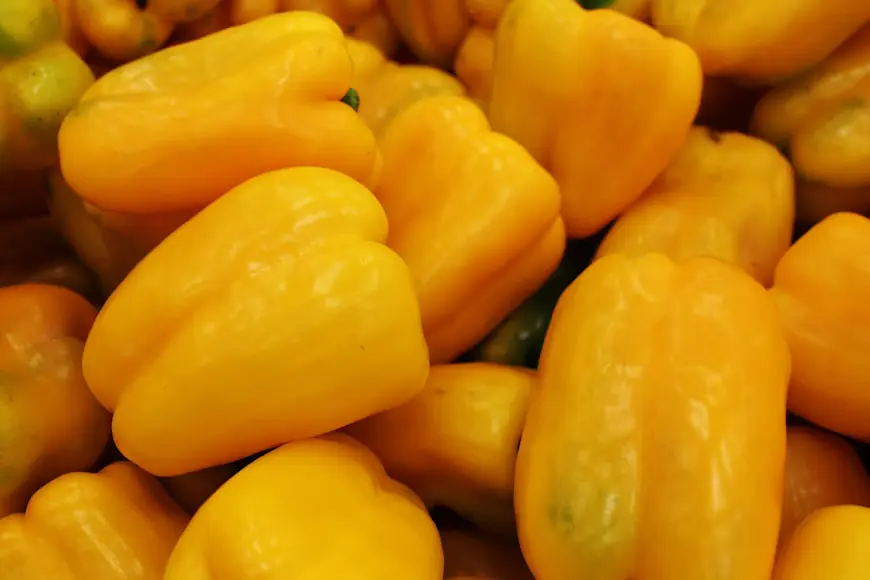

The most popular garden vegetables include bright yellow bell peppers, which have a sweet, tangy flavor. As a species of Capsicum annuum, bell pepper is a charming thing to cook. Its colorful essence attracts a lot, and the ability to be used raw, roasted, grilled, or sautéed.
It is also known as a sweet pepper as it tastes rather mildly sweet as compared to the hot taste of other hot or chili peppers. Yellow bell pepper is a very healthy snack for the garden and the kitchen. It is composed of a lot of antioxidants, vitamin A, vitamin C, and fiber.
| Scientific Name | Capsicum annuum |
| Common Names | Yellow Bell Pepper, Yellow Sweet Pepper |
| Kingdom | Plantae |
| Division | Magnoliophyta |
| Class | Magnoliopsida |
| Order | Solanales |
| Family | Solanaceae |
| Genus | Capsicum |
| Species | Capsicum annuum |
| Variety/Cultivar | Varieties of Capsicum annuum include yellow bell peppers, along with other colors like red, green, and orange. |

September 25, 2025
9 minute read
September 24, 2025
9 minute read
September 23, 2025
10 minute read
September 22, 2025
9 minute read


Join as a seller and connect with thousands of B2B buyers nationwide!
Sign Up
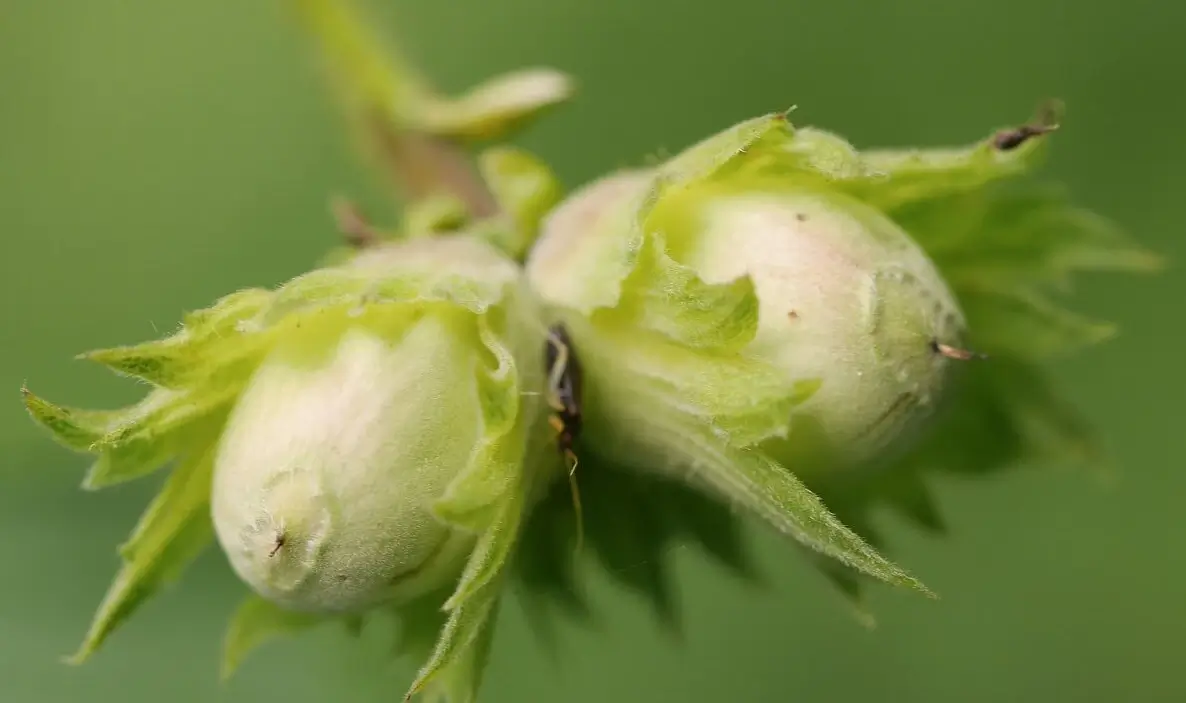
Hazelnut Filbert
Hazelnut Filbert is a small to medium-sized tree prized for its crunchy, flavorful nuts. Hazelnuts are extremely nutritious and provide a healthy source of fat, protein, fiber, and high amounts of vitamins and minerals.
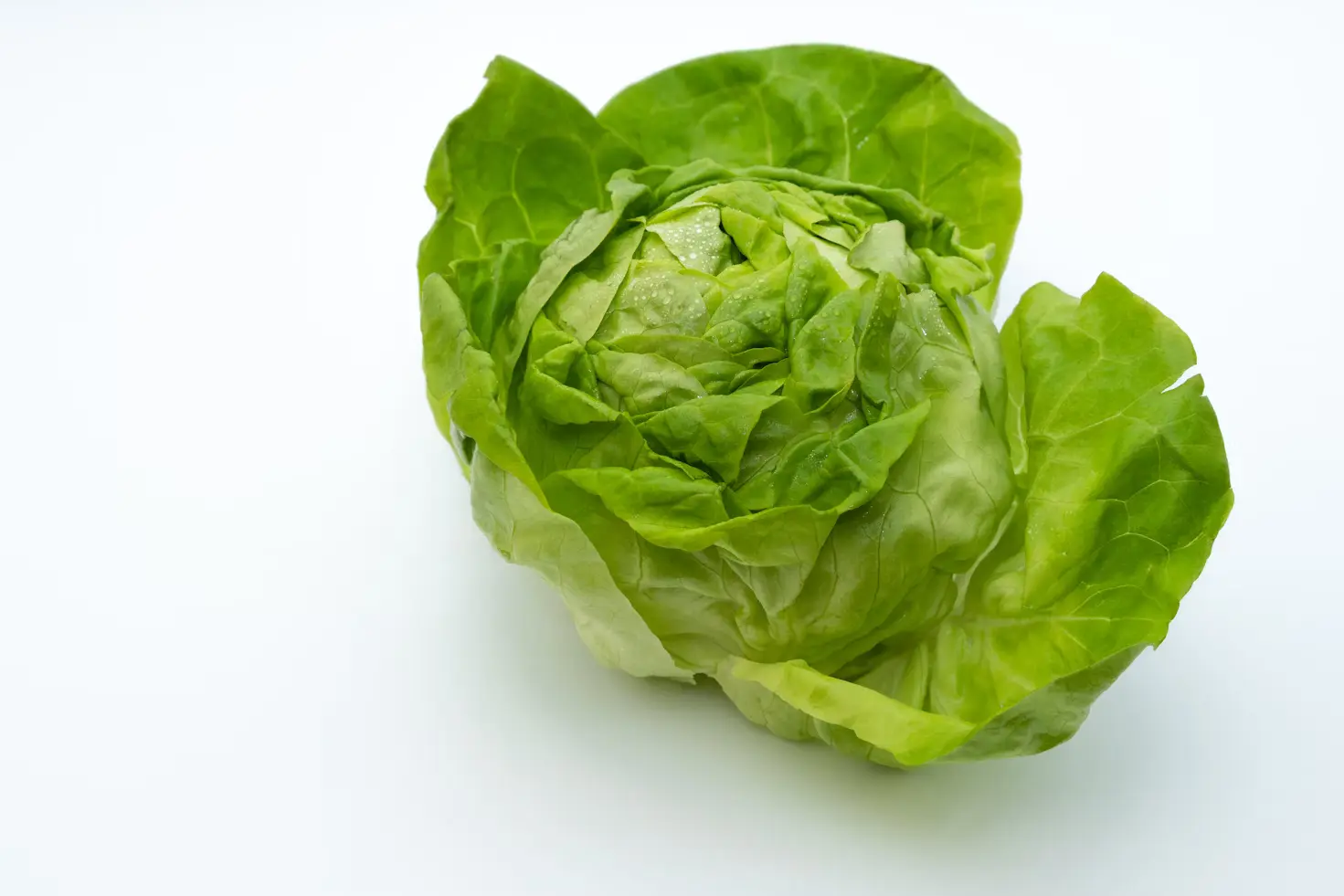
Iceberg Lettuce
Iceberg lettuce is among the most popular lettuces eaten globally, due its crunchy texture and refreshing and mild taste. Its flavor is subtle, but it is a source of vitamins A and K, fiber, and hydration, making it a crucial food.
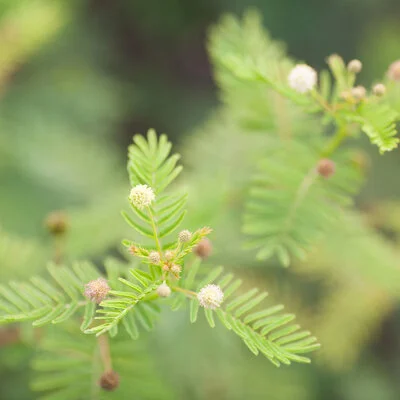
Illinois Bundleflower
The Illinois Bundleflower is a homegrown annual plant that can grow in rough conditions. It provides a diversity of ecological and practical advantages.It fits the mild climate, but is admired because of its ability to survive in even poor soils.
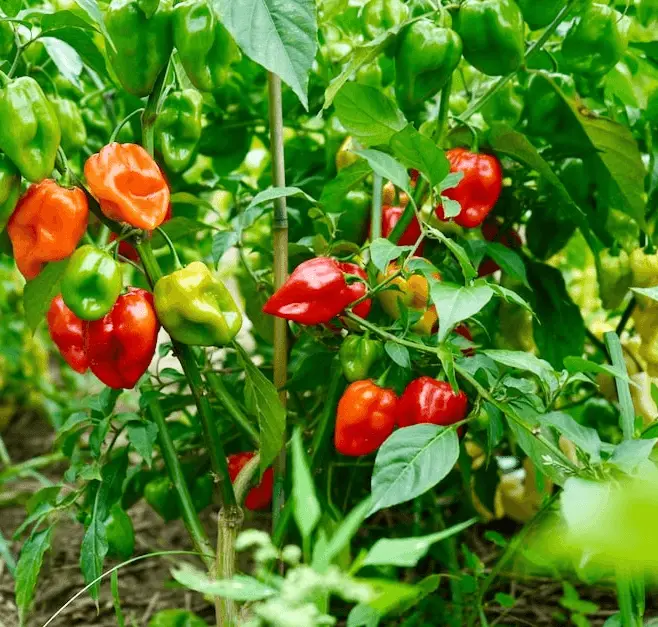
Habanero Pepper
The Habanero pepper is a famous chili pepper worldwide and is known for its intense flavor. It is a favorite among pepper enthusiasts. These peppers are famous for their extremely hot and fruity flavor.
The most commonly used variety of pepper is the yellow bell pepper. It’s bright in color and grows in a compact form, which is why both gardeners and cooks prefer it.
Yellow bell peppers are highly versatile and used in numerous ways with applications ranging from cooking to medicine. Primary purpose of their usage:
Yellow Bell Peppers require a specific set of conditions to grow and flourish successfully. These are the perfect conditions for its growth:
Seeds of yellow bell peppers have some features that may be helpful when growing them:
Yellow bell pepper seeds are very slow to sprout, and require particular conditions to give them a nudge.
The viability and vigor of yellow bell pepper seeds depend on how well they are stored and handled. Here’s what to know:
Yellow bell peppers are typically propagated from seeds. Here’s how to properly sow and transplant them:
Yellow bell peppers are generally resistant to many common plant diseases but are susceptible to some pests and conditions. The key threats include:
Correct storage and preservation measures would allow the shelf life of harvested yellow bell peppers to be prolonged.
Yellow bell peppers are also one of the easier yet very satisfactory crops to grow, whether for a first-time or a skilled gardener. With the right amount of care, focus on soil quality, and proper pest management, you will be able to reap a plentiful, tasting pepper crop throughout the growth period.
Depending on the variety and growing conditions, the yellow bell peppers usually require approximately 60- 90 days upon transplanting to mature.
Yes, you can grow yellow bell peppers successfully in a container as long as it is a compact container with proper drainage.
Yellow bell peppers can be stored in the refrigerator for up to 1-2 weeks. For longer storage, they can be frozen by slicing them, blanching briefly, and placing them in an airtight container or freezer bag.

Soil Health & Fertilization
Victor Miller

Pest Identification & Prevention
Victor Miller

Lawn Care Tips & Maintenance
Victor Miller

Soil Health & Fertilization
Victor Miller

Smart Irrigation Systems
Victor Miller

Patios, Walkways & Driveways
Victor Miller

Soil Health & Fertilization
Victor Miller

Pest Identification & Prevention
Victor Miller
My Account
Our team is always here to help.
We are open Monday - Friday, 9:00 AM to 4:30 PM PST.